HOW TO USE THIS ROUGH GUIDES SNAPSHOT
This Rough Guides Snapshot is one of a new generation of informative and easy-to-use travel-guide eBooks that guarantees you make the most of your visit. An essential tool for pre-trip planning, it also makes a great travel companion when youre on the road.
. Shorter contents lists appear at the start of every section in the guide to make chapter navigation quick and easy. You can jump back to these by tapping the links that sit with an arrow icon.
Detailed area maps can be found in the guide and in the , which also includes a full country map, accessible from the table of contents. Depending on your hardware, you can double-tap on the maps to see larger-scale versions, or select different scales. There are also thumbnails below more detailed maps - in these cases, you can opt to zoom left/top or zoom right/bottom or view the full map. The screen-lock function on your device is recommended when viewing enlarged maps. Make sure you have the latest software updates, too.
Throughout the guide, weve flagged up our favourite places a perfectly sited hotel, an atmospheric caf, a special restaurant with  . You can select your own favourites and create a personalized itinerary by bookmarking the sights, venues and activities that are of interest, giving you the quickest possible access to everything youll need for your time away.
. You can select your own favourites and create a personalized itinerary by bookmarking the sights, venues and activities that are of interest, giving you the quickest possible access to everything youll need for your time away.

INTRODUCTION TO TASMANIA
It used to be a mainlanders joke that Tasmania was twenty years behind the rest of Australia. And in some ways this island state remains old-fashioned, a trait that is charming and frustrating by turns. Yet increasingly Australians are beginning to wonder whether the joke might have been on them after all. The isolation that once stymied growth in Tasmania is now seen as an asset. More and more Aussies find themselves lured across the Bass Strait by the relaxed pace of life and outstanding wine and cuisine, as much as the states famously pristine environment. An increasing number of luxury hotels have appeared, too chintz and doilies in heritage stays are out, cool contemporary beach houses are in and Australias most cutting-edge gallery, MONA in Hobart, definitively refutes accusations that Tasmania is backwards. The Tasmanian landscape vast swathes of rainforest that date back to the last ice age, jagged glaciated mountains and white-powder beaches still brings many visitors to the island. Even if youre not particularly outdoorsy, the experience of visiting such a pure environment brings a tingle of exhilaration.
Tasmania has come a long way since it was known as Van Diemens Land and was Britains dumping ground for the worst of the worst convicts. Its name became so tainted with penal brutality that the state decided to rebrand when transportation ended in 1853. Until the past couple of decades, the island retained a reputation as somewhere brooding, almost gothic, and it was also renowned for its ties to the old country. Roughly the size of Ireland, Tasmania has rolling hills, hawthorn hedges and stone villages that recall Englands West Country, largely in the midlands between its two largest cities, the capital Hobart and Launceston in the north.
Yet if anything defines (and divides) Tasmania it is the environment. This is the closest point in Australia to the Antarctic Circle; the next land west is Argentina, and air monitoring stations record the air in the states northwest as the purest in the world. With forty percent of the island protected in parks and reserves, Tasmania is one of the cleanest places on earth. Much of the southwest is pure wilderness; a place of wild rivers, temperate rainforests, buttongrass plains and glacially carved mountains and tarns. Protected as a vast World Heritage Area , it offers some of the best wilderness walking and rafting in the world.
Cradle Mountain in the centre and Strahan on the west coast are the gateways from which most people experience the wild, and they form two stops on a much-travelled loop that includes capital Hobart, with its must-see Museum of Old and New Art and burgeoning food and arts scenes; convict history on the Tasman Peninsula; the string of beautiful beaches along the sunnier, drier east coast , the states holiday playground; and Launceston, the states second city and gateway to the vineyards of the Tamar Valley. Tick off the lot and youll have a taste of the state. Yet those less-visited corners are equally appealing: places like the far south down to Cockle Creek, a blend of wilderness, scenery and food culture; the sparsely populated northeast corner, home to the mesmerizing Bay of Fires beaches and Mount William National Park , a haven for Forester kangaroos; or small resorts in the northwest like pretty Stanley or the isolated shack villages at Arthur River. All are places to slow down; to discover astonishing scenery and wildlife, perhaps settle into a free bush camp for the night and revel in the purity of this environment.

BAY OF FIRES
Highlights
Whether at Salamanca Market or modern art sensation MONA, the state capital is quietly gaining a reputation for its alternative culture.
The infamous penal settlement at Port Arthur is haunting, but dont overlook the jaw-dropping coast, seen on bushwalks or an eco-cruise.
Tasmanias great escape, whether the easy walk to Wineglass Bay or a four-day expedition deep into the bush.
A string of perfect beaches azure sea and powder-white sands with bush camps that are free to stay at for up to four weeks.
Tasmanias astonishingly pure environment is a natural provider of high-quality dining and drinking and the vineyards of the Tamar Valley is one of the best regions to experience this.
Famed for the six-day Overland Track bushwalk, the parks rugged, glaciated landscape is also littered with rewarding day-hikes.
Raft one of the worlds most thrilling whitewater roller-coasters and see first-hand why Australians fought to protect Tasmanias last wild river.
Brief history
The Dutch navigator Abel Tasman sighted the island in 1642. Landing a party on its east coast, he named it Van Diemens Land in honour of the governor of the Dutch East Indies. Early maps showed it connected to the mainland, and several eighteenth-century French and British navigators, including Bruny dEntrecasteaux, William Bligh and James Cook did not prove otherwise. It was Matthew Flinders discovery of the Bass Strait in 1798 that confirmed Tasmania as an island (and reduced the journey to Sydney by a week). In 1803, after a French expedition had been observed in the islands southern waters, it was decided to establish a second colony in Australia, and Lieutenant David Bowen settled with a group of convicts on the banks of the Derwent River at Risdon Cove. In the same year, Lieutenant-Colonel John Collins set out from England with another group to settle the Port Phillip district of what would become Victoria; after a few months they gave up and crossed the Bass Strait to join Bowens group. Hobart Town was founded in 1804 and the first penal settlement opened at Macquarie Harbour (Strahan) in 1821, followed by Maria Island and Port Arthur; they were mainly for convicts who had committed secondary offences after transportation. Lurid tales of the harsh conditions and violent regime enshrined Van Diemens Land in British folklore as a prison-island hell. In truth, many convicts enjoyed higher standards of living than they had in British and Irish slums, and some free settlers made fortunes.

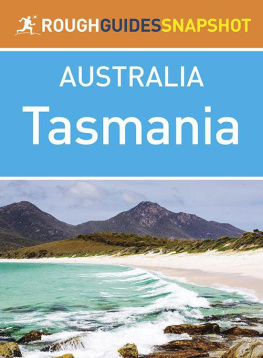
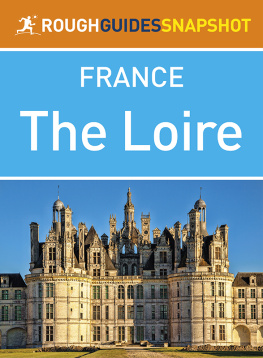
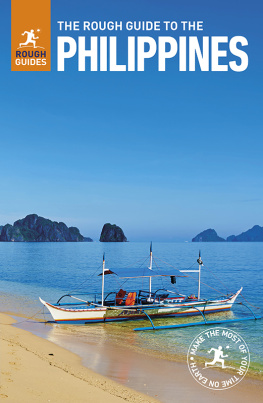
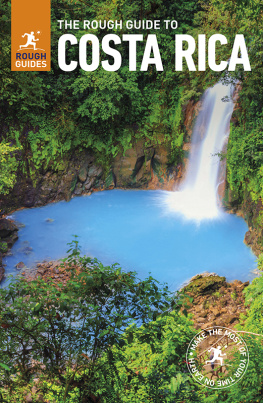
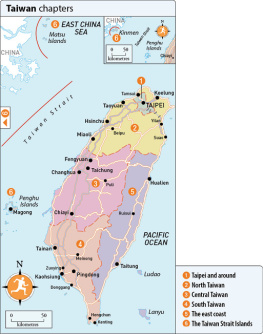
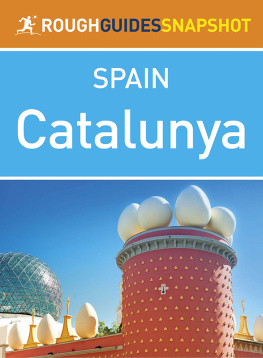
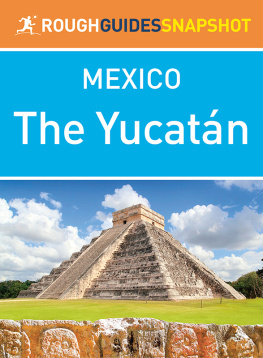
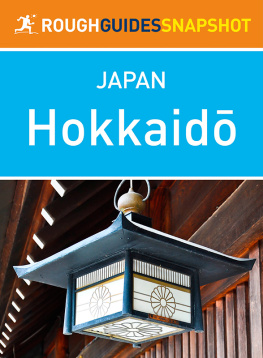
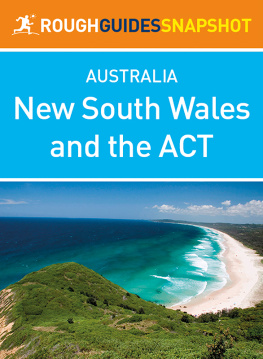
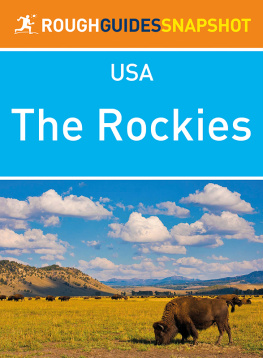
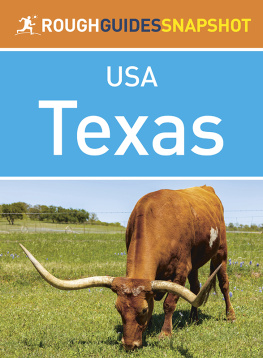
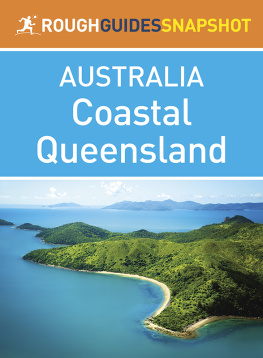

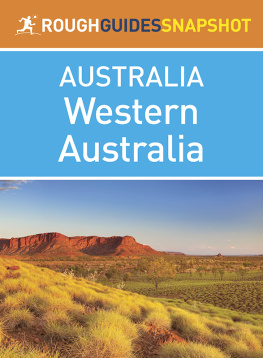
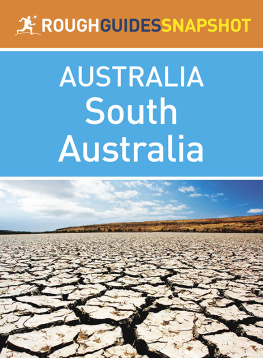
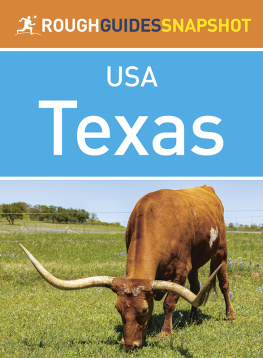
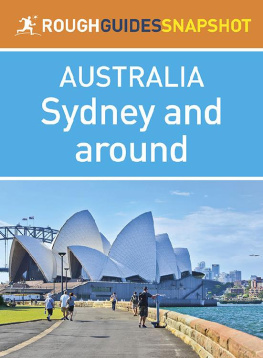
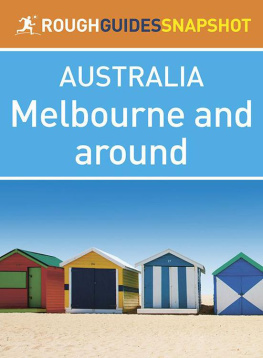

 . You can select your own favourites and create a personalized itinerary by bookmarking the sights, venues and activities that are of interest, giving you the quickest possible access to everything youll need for your time away.
. You can select your own favourites and create a personalized itinerary by bookmarking the sights, venues and activities that are of interest, giving you the quickest possible access to everything youll need for your time away.




